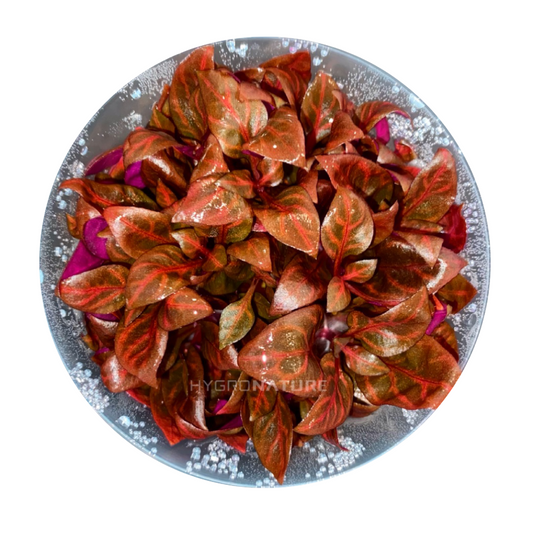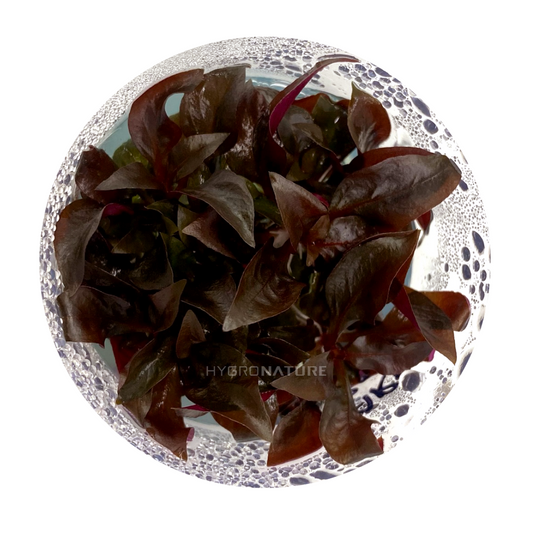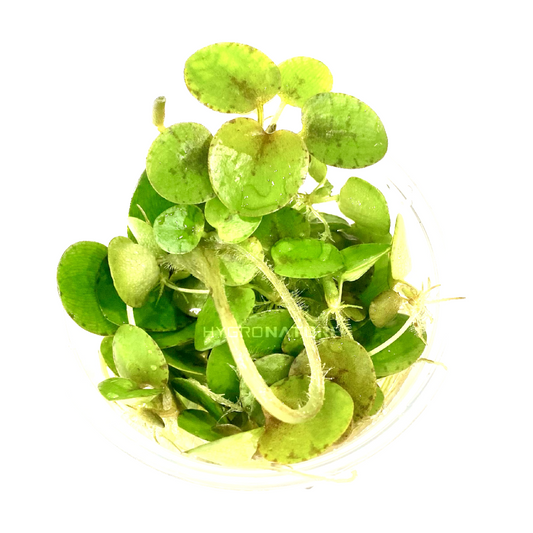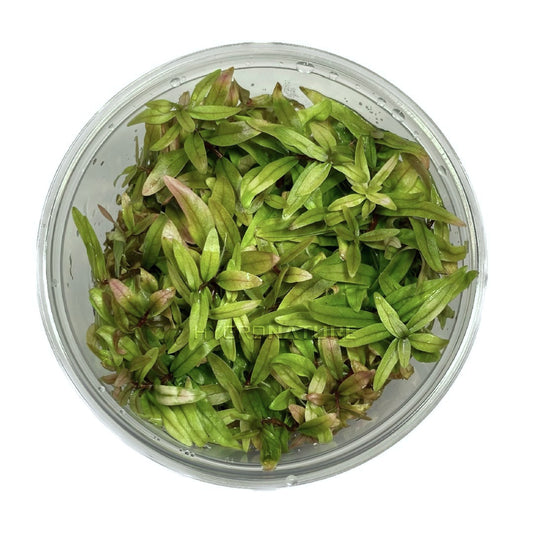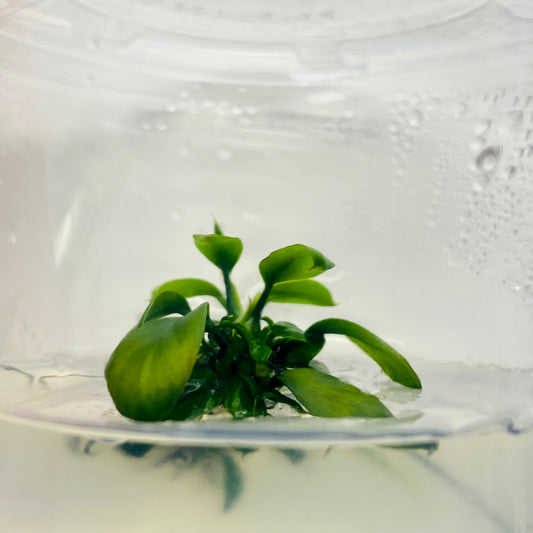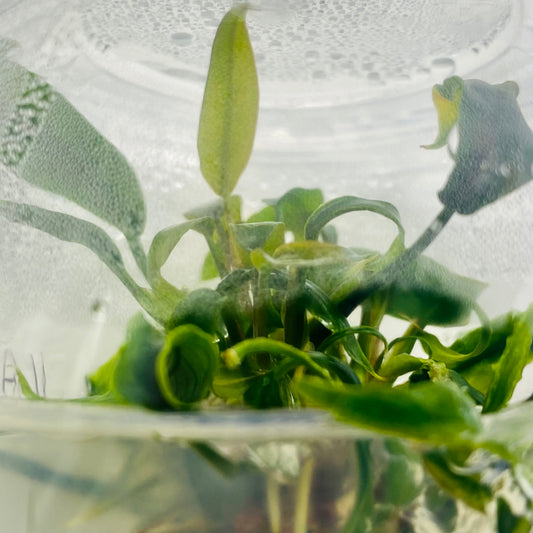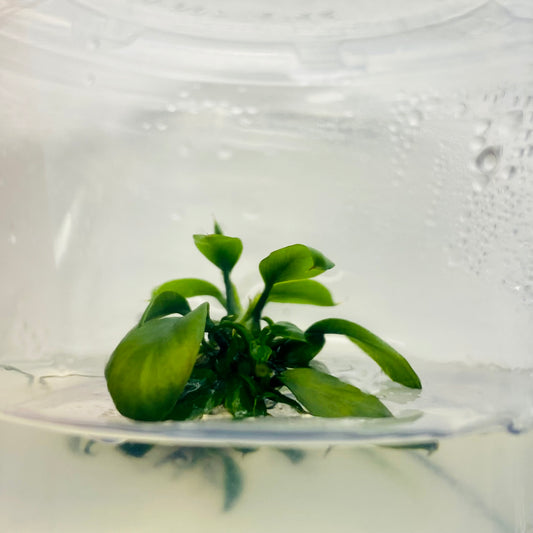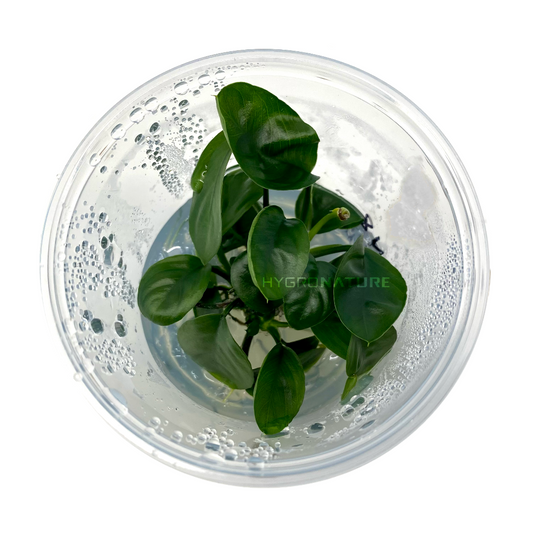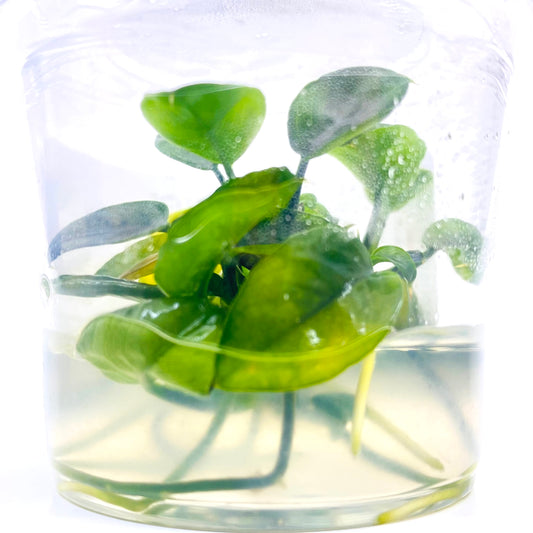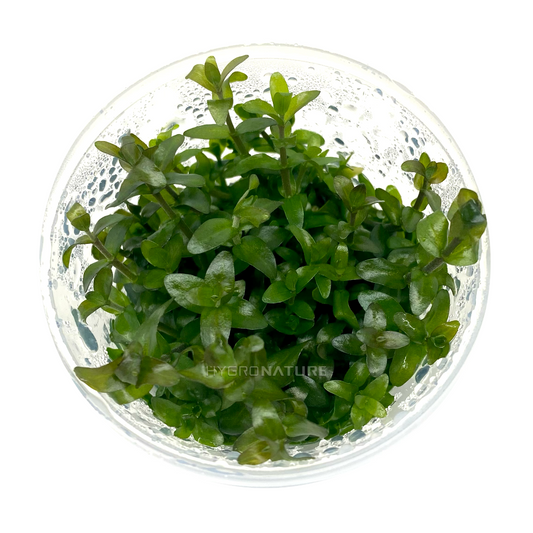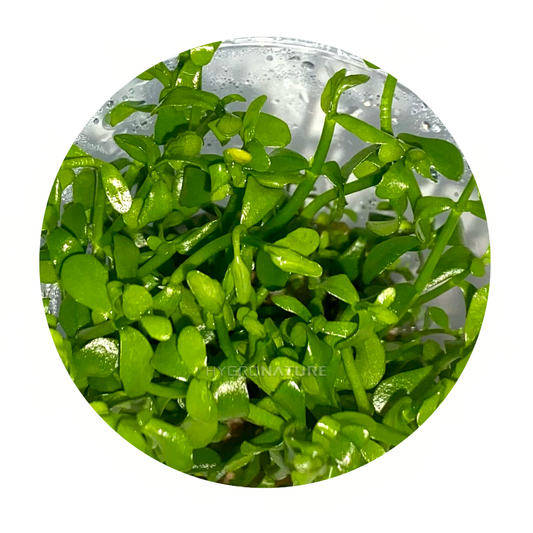Leptodictyum riparium, commonly known as Stringy Moss, is a fascinating aquatic plant that can add a touch of natural beauty to your aquarium or water garden. This care guide will provide you with all the information you need to ensure the health and vitality of your Stringy Moss.
What are the ideal water conditions for Stringy Moss?
Stringy Moss thrives in freshwater environments with a pH range of 6.0 to 7.5. It prefers moderate to high lighting conditions, but direct sunlight should be avoided as it can cause the moss to deteriorate. The water temperature should be maintained between 68°F and 82°F (20°C and 28°C) for optimal growth.
How should Stringy Moss be planted?
Stringy Moss can be attached to various surfaces such as rocks, driftwood, or mesh. To attach the moss, use a fishing line or cotton thread and tie it securely to the desired surface. Over time, the moss will attach itself and spread, creating a lush and natural appearance.
What is the recommended maintenance routine?
Regular maintenance is crucial for the health of your Stringy Moss. It is important to remove any debris or decaying matter that may accumulate on the moss. Gently brush the moss with your fingers or use a soft-bristled brush to remove any unwanted materials. Additionally, it is recommended to perform regular water changes to maintain water quality and prevent the buildup of harmful substances.
How does Stringy Moss propagate?
Stringy Moss can propagate through fragmentation. This means that small pieces of the moss can break off and grow into new plants. To encourage propagation, you can gently separate sections of the moss and attach them to different surfaces. With time and proper care, these separated sections will develop into new, healthy plants.
What are the benefits of having Stringy Moss in your aquarium?
Stringy Moss offers numerous benefits to your aquarium ecosystem. It provides shelter and hiding places for small fish and invertebrates, creating a natural and stress-free environment. The moss also absorbs excess nutrients, helping to prevent algae growth and maintain water clarity. Additionally, Stringy Moss releases oxygen during photosynthesis, improving the overall oxygen levels in the water.
Are there any potential challenges in caring for Stringy Moss?
While Stringy Moss is generally easy to care for, it can be susceptible to certain issues. Excessive lighting or poor water quality can cause the moss to turn brown or deteriorate. It is important to monitor the water parameters regularly and make adjustments as needed. Additionally, be cautious of overgrowth, as Stringy Moss can spread rapidly and overcrowd your aquarium if not properly maintained.
By following these care guidelines, you can enjoy the beauty and benefits of Stringy Moss in your aquatic environment. With its graceful appearance and low-maintenance nature, Stringy Moss is an excellent choice for both beginner and experienced aquarists alike.


